The Biostar X470GTN Motherboard Review: AM4 ITX Revisited
by Gavin Bonshor on October 24, 2018 10:00 AM EST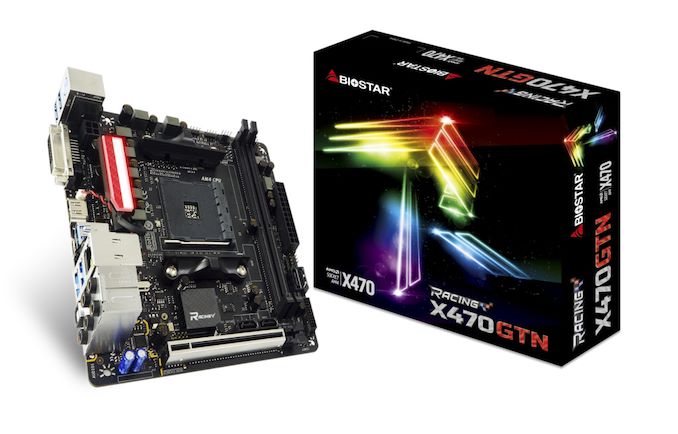
Last year Biostar released the first mini-ITX AM4 motherboard and it did its utmost to impress us without too much fluff or unnecessary features - it was a simple yet sophisticated runner. With the release of the second generation of Ryzen processors, Biostar has released a refreshed mini-ITX for the X470 platform, called the X470GTN which looks again to target the budget-conscious users looking for Ryzen in a smaller form factor.
The Biostar X470GTN Overview
The Biostar X470GTN is a gaming-centric mini-ITX motherboard with a purported focus on providing users with a cheaper route into a potentially powerful eight-core small form factor powered system. Just like the previous first generation X370GTN board which I reviewed last year, Biostar has given the X470GTN a visual makeover of sorts, but the core characteristics between both boards remain very much the same.
The most notable difference between both the new Biostar X470GTN and the old is a metallic slot protection coating on the full-length PCIe 3.0 x16 slot. One main returning feature is an RGB LED-infused MOSFET heatsink which is there to provide cooling to the CPU section of the power delivery while offering an element of visual customization to users. As far as the visual differences between the two small form factor AM4 boards on paper go, that’s about it, so don’t feel weird if a case of déjà vu hits you back from our previous Biostar X370GTN motherboard review.
The Biostar X470GTN is a mini-ITX sized small form factor AM4 motherboard aimed at gamers on a budget. Like a variety of lower cost AM4 motherboards, the Biostar has a pairing of budget-friendly Realtek controllers to handle the onboard audio (ALC892) and networking capabilities (RTL8118AS). The Realtek ALC892 opens up compatibility for HD audio with up to eight channels, with the Realtek RTL8118AS offering users a single 'gaming' Gigabit LAN port on the rear of the board. The 8118AS is actually the smallest gigabit network controller available. While the Biostar X470GTN is suitable for use with all of AMD's current Ryzen desktop first and second generation processor line up, support is also granted for AMD's Ryzen 2000 series APUs. To that end, it also has a DVI-D and an HDMI 1.4 output.
While the low-cost nature of this specific mini-ITX motherboard has been mentioned numerous times, users can purchase the X470GTN for around $130 depending on the retailer. While this is not technically the cheapest AM4 socketed mini-ITX motherboard on the market, as the X470GTN commands a $20 premium over the previous X370GTN model, other boards such as the Strix X470-I and the X470 Gaming-ITX/ac costing considerably more. The increase in price over the previous X370GTN model is rather hard to pinpoint on the surface, but Biostar doesn't omit any of the key features this time around such as the RGB LED bar in the MOSFET heat sink, as well as still including two RGB 5050 headers to expand that desirable and customizable RGB through the use of RGB LED strips. A likely contributing factor to the cost is the slot protection on the solitary full-length PCIe 3.0 x16 slot which is designed to provide physical protection to the slot from the installation of heavy and bulky graphics cards, but it still doesn't equate to a premium of $30. This is a recurring theme throughout the review.
Storage options include four straight angled SATA ports and a single PCIe 3.0 x4/SATA capable M.2 slot which is located on the rear of the motherboards PCB. Cooling wise the Biostar X470GTN is limited by its size and ultimately its price point as only two 4-pin headers are present for cooling, one specifically for a CPU fan and the other acting as a system fan header. The board's memory support comes through a pairing of slots with the ability to support DDR4-3200+, with a maximum supported capacity of up to 32 GB cumulative across both channels.
The X470GTN carries a 4+3 phase power delivery which is governed by the Intersil ISL95712 PWM controller. The power delivery has a total of seven Nikos PK612DZ dual N-channel MOSFETs with a total of three drivers and seven chokes finishing off what is a competitive configuration for the price point.
The rear panel on the Biostar X470GTN hasn’t changed at all over the previous iteration and doesn’t just share the same connection selection, but also features the same layout; it’s actually identical in every way. Featured is a pairing of USB 3.1 Gen2 connections including a Type-A and Type-C port, with an additional four USB 3.1 Gen1 Type-A ports on the rear panel with the option available to expand to another two addition USB 3.1 Type-A ports due to a single internal header. In addition to this is a single USB 2.0 header. The five 3.5 mm gold plated audio jacks and single S/PDIF Optical output take their commands from the Realtek ALC892 audio codec and the single LAN port is powered by a Realtek RTL8118AS Gigabit networking controller. A single PS/2 combo port for legacy keyboards and mice are present and a pairing of video outputs consisting of a DVI-D and HDMI 1.4 completes the rear panel.
Performance wise Biostar has things on point with a strong showing in some of our system and compute benchmarking suites. Not only did the X470GTN report the fastest non UEFI POST time of any AM4 motherboard so far, but it also managed to top our DPC latency test which marked an impressive improvement from the value given from the previous X370GTN model. Other notable and favorable results came in our 3DPM and POV-Ray benchmarks. Overclocking performance was also very good as the boards grasp of voltage control was what should be expected from a top-tier offering with voltages set within the BIOS (voltage offset) and in Ryzen Master equaling what was monitored at maximum load using the CPU-Z monitoring utility.
As Biostar is being somewhat aggressive with their pricing structure, and although on paper the X370GTN certainly pips the X470GTN in terms of value when it comes to performance, the added RGB implementation into the power delivery heatsink is likely to attract some users looking for something they can customize to make their system stand out from the rest. The board does feature USB 3.1 Gen2 connectivity at a competitive price point and as it currently stands, the Biostar X470GTN is the cheapest X470 mini-ITX board on the market, and its main competition is the X370GTN.


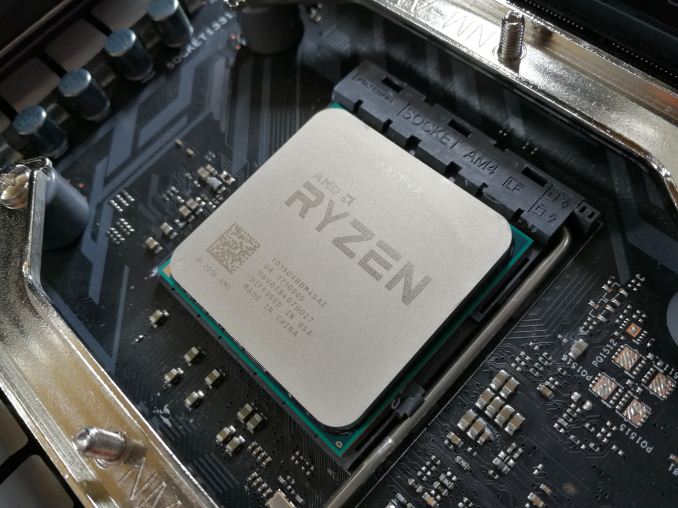
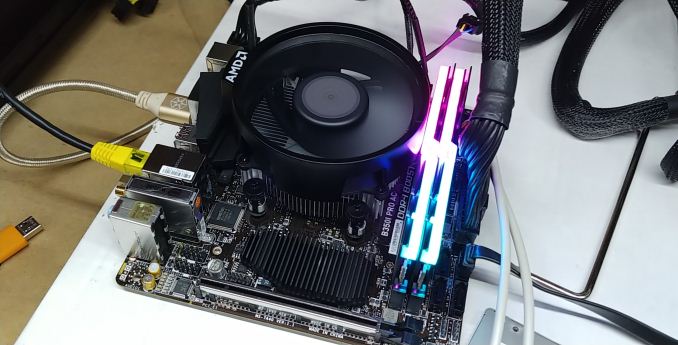
%20-%20Copya_678x452.jpg)
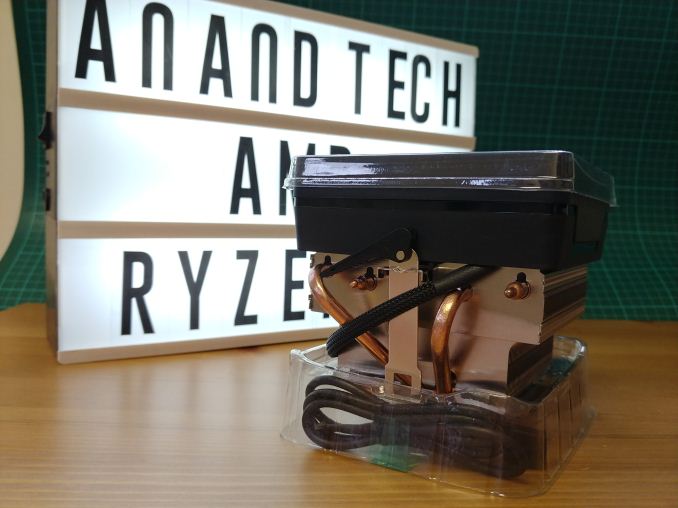
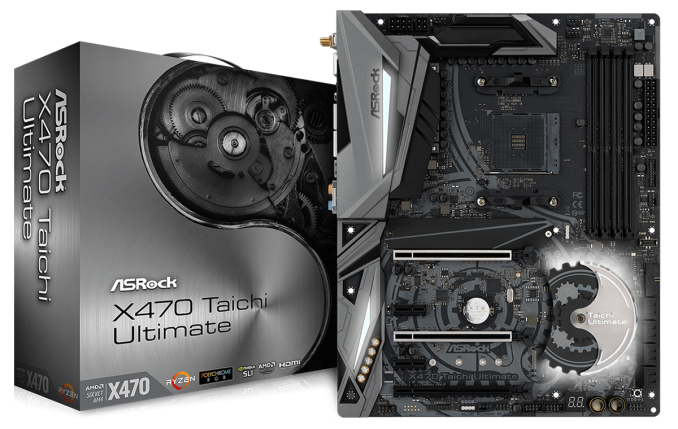

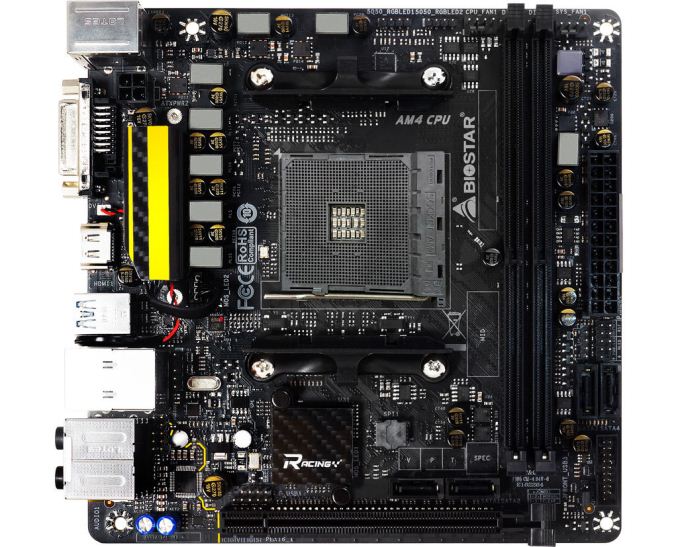
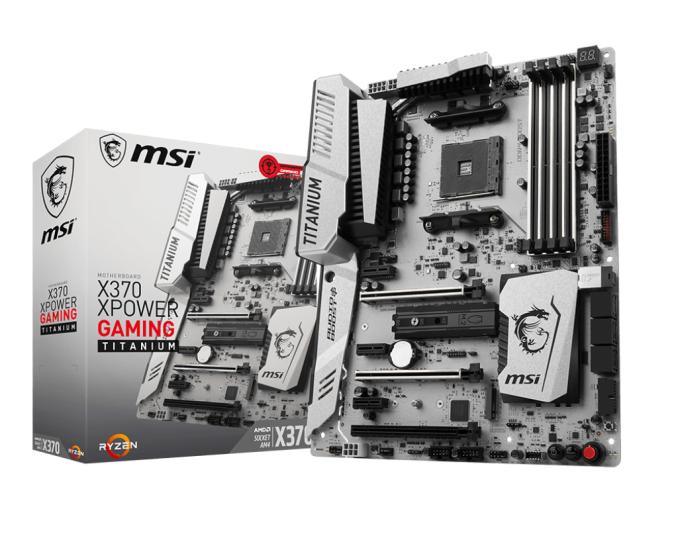
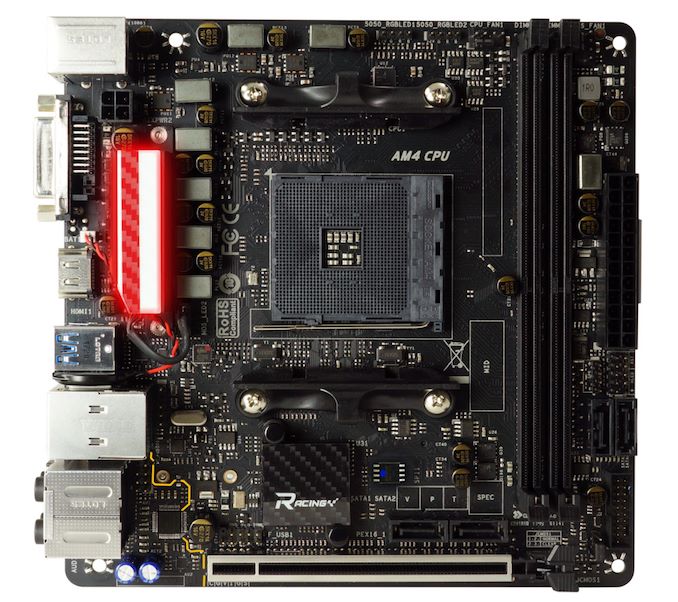
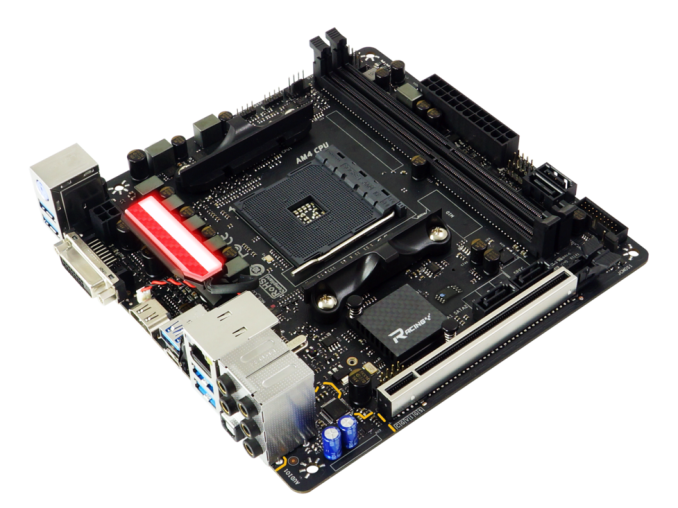









18 Comments
View All Comments
Marlin1975 - Wednesday, October 24, 2018 - link
Thanks for the Power Delivery Comparison. That's something that is hard to check for if not in a good review. Keep up the good work.gavbon - Wednesday, October 24, 2018 - link
Thanks Marlin, appreciated! We're looking to further add to this going forwardMrCommunistGen - Wednesday, October 24, 2018 - link
I actually really appreciate this as well because this kind of information has been hard to come by in the past. I had some questions regarding the included table.The ASRock B450 Gaming ITX/ac is listed in the table as using the same controller (ISL95712) in "6+2" mode. The spec sheet for ISL95712 states that it is up to a 4+3 controller. The table also doesn't list any doublers. Doesn't this make the board a "big 3+2" rather than a 6+2?
I didn't look at any of the other boards in the table closely, but I was just doing a bunch of reading on the ASRock ITX boards recently and so I was looking very closely at that line in the table.
Thanks for the review!
TeutonJon78 - Monday, October 29, 2018 - link
It would help more if it was accurate.The ISL95712 maxes out at 4+3 phases, so it can't run in 6+2 as listed in the chart. On the ASRock boards, then run a 3+2 setup but with two sets of MOSFETs and chokes in parallel, but not doubled. There is only one capacitor per phase. It helps keep the temps down by splitting the current, but it's still only a 3 phase design.
Plus, it would be more meaningful if the chart was for similar style boards rather than a smattering of different form factors.In this case, the other m-ITX boards.
DanNeely - Wednesday, October 24, 2018 - link
Just thinking about POST times, when UEFI was the next big thing we'd been repeatedly promised that it'd allow 1-2s POST times because unlike BIOS it could start components up in parallel instead of 1 at a time.While current boards do post faster than their predecessors the speedup never came close to meeting the hype. Does anyone know why reality fell so short of the promise?
Dragonstongue - Wednesday, October 24, 2018 - link
likely because there is so much crud to siphon through before it completes the processthe same from going to post to OS log screen to fully booted OS
am sure there are ways to "speed it up" but often those methods come with chance of something terrible happening and not knowing what took place.
be happy the new stuff is WAY quicker and more energy efficient then the old 9/10 so even if it takes a wee bit longer to boot up, patience come to those whom wait.
SSD helps that much I know, but as far as only 1 to 2s to finish post..umm I personally never heard of such promises, the board I am using is AM3/3+ M5A99X EVO (v1) which uses a UEFI based bios design and just going from HDD to SSD made post much quicker and a few changes I made as well to speed it up also helped.
I personally have more issue with how long it takes to shut down then be fully booted up ^.^
Vatharian - Wednesday, October 24, 2018 - link
As fun as it sounds there are 10 year old systems that run on UEFI. I must say, that boot times are much quicker on them, while supporting much wider range of hardware. Feature-wise it's hit or miss, I have 9 year old board that's capable of booting from NVMe, thanks to drivers being easy to punch in, but it won't allow user mode to write to boot manager area, thus linux bootloader installation will fail (I just have to point the path manually from the UEFI setup).JoeyJoJo123 - Wednesday, October 24, 2018 - link
Ahmdal's Law, in a way. There is a relative speedup to be had, but desktops don't need to be shutdown/restarted extremely often. Often just letting it go into sleep mode is adequate for me, and leaves my workspace in exactly the same place it was before.For laptops or other mobile devices, shutting down is more necessary when moving between work environments, (given that sleep mode will drain battery life over time anyways, hibernate isn't ideal and can clog the main storage disk with a file equal in size to your capacity in memory, etc.). For mobile PC devices, I have personally noted that boot times are appreciably fast.
Also, personal anecdote, but I've had boards that when set to options for "fast booting", not only would it refuse to take in DEL or F11 prompts to get into BIOS screen when booting up, but it would go from a stable (normal) bootup, to a blazingly fast crash/reboot cycle for 5 loops before landing me back on the BIOS page with stock settings. This is before and after BIOS updates.
Personal opinion, but I just think it's intentional that for the enthusiast PC market that vendors don't _want_ to speed up boot times because the same users buying these motherboards are enthusiasts likely willing or needing to occasionally go into BIOS and change boot order of disks, or do overclocking features, etc. and making sure users can actually get into BIOS easily and reliably (hence a slow boot with ample time to opt-in to boot to BIOS) may have been one of their intended design goals.
Vatharian - Wednesday, October 24, 2018 - link
There is reverse effect in action: amount of stuff that is set to initialize during boot is staggering. I'd asku you to find 1MB legacy BIOS, while 16MB UEFI is not uncommon, and I am in a possession of motherboard that has 512 MB SPI flash for it (not 512 megabits - half a gigabyte). Then, amount of stuff you can boot from went trough the roof. On top of drivers for everything that need to start up and register, there are at least three different frameworks that monitor hardware and need to set up.Then, every damn power controller, voltage regulator, thermal zones, OC chips are smart need to boot up too.
Then, amount of memory skyrocketed - if you remember old BIOS happily running memcheck kilobyte after kilobyte, until it reaches that 64MB, and compare to you 64GB system, that still gets a cursory check, despite memory NOT being 1024x faster.
You can cut your boot time down, if you properly disable CSM, disable external controllers (or at least disable their boot rom), properly set up boot sequence to UEFI bootloader, and use GPU with a BIOS that supports GOP, and finally enable fast boot, your PC WILL boot in ~2-3 seconds plus OS.
On the other hand, while handling servers I am accustomed to boot times on the orders of 20 minutes at extreme case.
Death666Angel - Wednesday, October 24, 2018 - link
My system (H87 with NVME boot mod BIOS) gets to windows faster than my 4k DP monitor wakes up from standby. The DVI one is a bit faster. I guess around 3 seconds maybe?